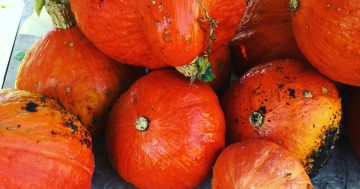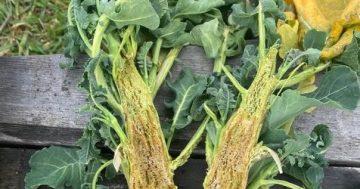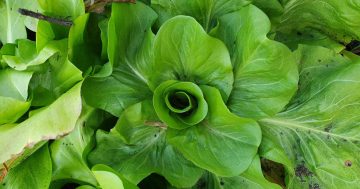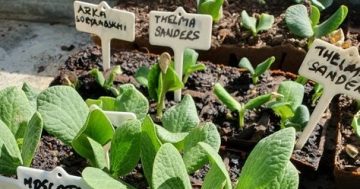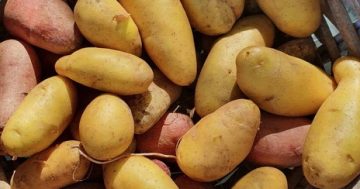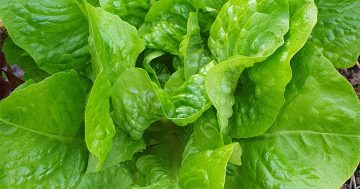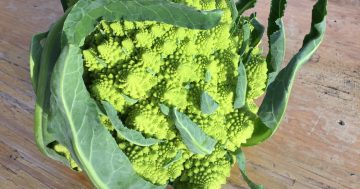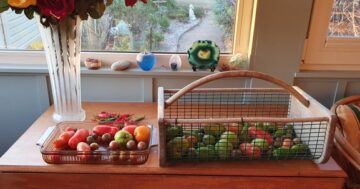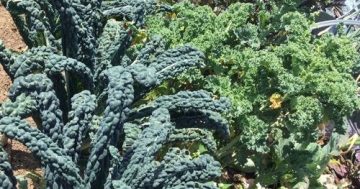
Peas can be planted as the soil begins to warm up. Photo: Supplied.
The last official days of winter are finally here although there are still frosts and there may yet be snowfalls to come in the high country.
Nonetheless the last month or so has been a confusing time for the vegetable patch. There’s been an absence of both severe hard frosts and sunny, crisp, dry winter days.
The vegetable garden looks down and out and beds remain soggy even though the high rainfall, experienced over most of our cold climate region, has eased.
However, since 1 September is officially the beginning of spring, the days are already longer and soil temperatures are starting to increase. While it’s too early to get excited about beans, pumpkins and tomatoes, spring does provide its own distinctive planting opportunities.
Late winter into early spring is the time to plant out a number of vegetable perennials, the most common being rhubarb, asparagus and strawberries. Less common but also of great value in the cold climate garden are horseradish, globe artichoke and French sorrel (also known as garden sorrel).
Rhubarb, asparagus and strawberries are grown from a dormant root or tuber usually called a crown. These are dormant roots of at least one-year-old plants and are available now to buy or increase through dividing the root ball. All vegetable perennials need a good start so compost and well rotted animal manure should be added when planting.
Rhubarb, a native of China, is a robust and generous vegetable garden staple, producing very large inedible leaves and thick, long, red edible stems in spring through to autumn. There are both red and green varieties available with red varieties being the most common and by far the better flavour.
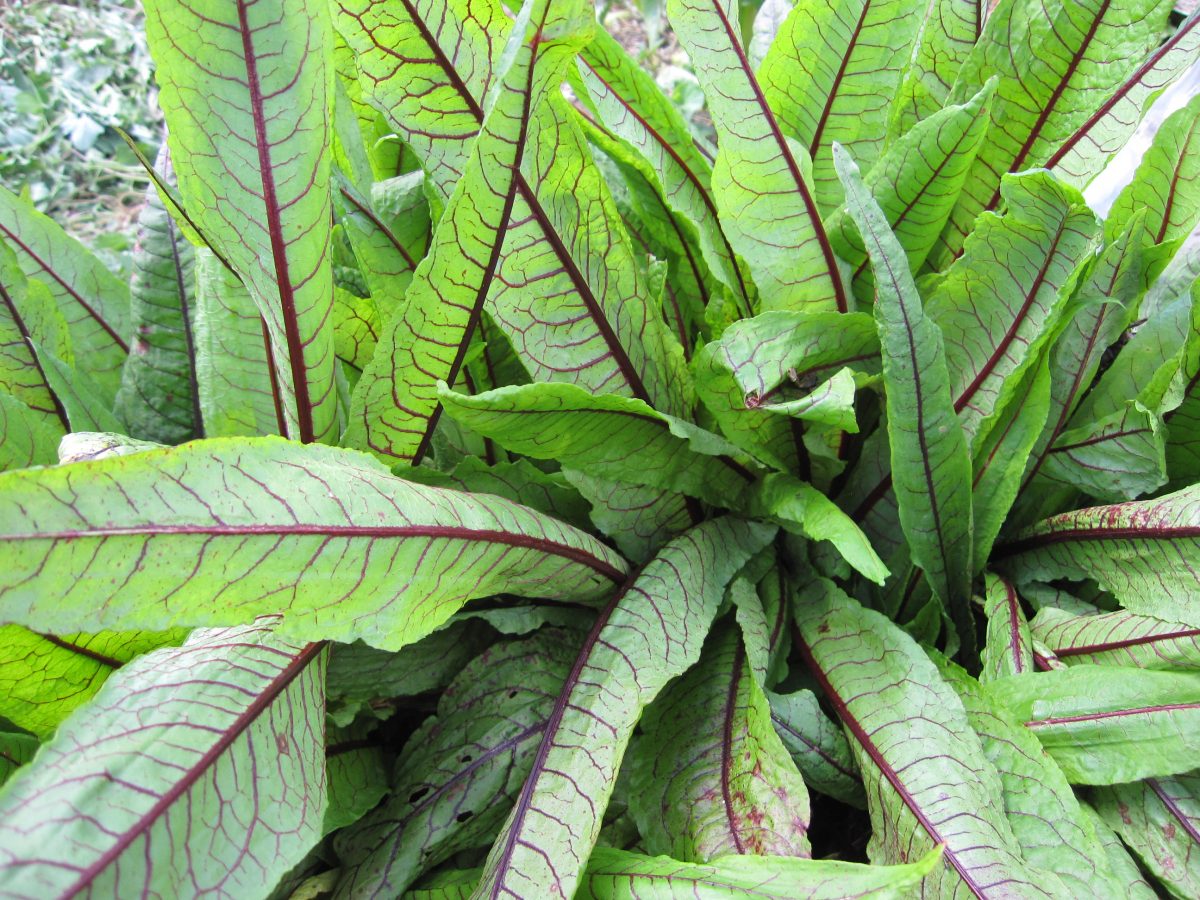
Sorrel is a reliable hardy perennial in the vegetable garden. Photo: Supplied.
Asparagus is often best planted in its own bed, as the roots are not keen on competition but rhubarb, strawberries, french sorrel and globe artichokes can be added across the ornamental garden.
Jerusalem artichokes or sun-chokes are another perennial that can be planted now. They produce large numbers of edible tubers. They’re hardy, tall, herbaceous perennials that grow up to 3 m high with a yellow flower like a sunflower and can be a useful summer windbreak for the vegetable garden.
The plant grows from tubers (like potatoes) in late winter or early spring and the tubers can be harvested once the green foliage has died back in autumn. In our climate you can leave them in the ground and dig them only as you use them. (Of course lots of heavy rain and very damp soils will result in many of the tubers rotting if left in the ground.)
These plants definitely require their own bed, separate from seasonal beds as it can be very difficult to eliminate them from garden areas once they take hold.
French sorrel is a lovely perennial green with a lemony and slightly peppery flavour. It’s generally planted as a seedling and is often sold as a herb. When sorrel starts to flower, the stalks will grow up above the rest of the leaves, and are cut or pinched out.
Unlike other greens, this does not have any impact on the plant and it will continue to grow well. Sorrel can be cut back any time the leaves start to get old and tough, it will regrow.
Let all new perennial vegetables get established before harvesting them heavily.
Soil temperatures are slowly warming up but often remain low until mid September. Soil thermometers are not expensive and readily available.
It is quite useful to monitor soil temps at this time of year as it is best to wait until soil temperatures are more consistently above 10 degrees Celsius before direct seeding in the garden. The only exception to this is peas. Sugar snaps, shelling and snow peas can all be planted in late winter or early spring for harvest in late spring to early summer.
Even though the soil can still be quite cool at this time of year, there are plenty of seedlings that can be planted out including: Asian greens, English spinach, all the brassicas, lettuces, onions, leeks, and beetroot seedlings.
Finally a word about potatoes. It is definitely time to purchase your seed potatoes but wait until mid spring, late September to October, before planting. Everybody is mad keen to get their potatoes in but frost will knock them back.
Crookwell is a major NSW cold climate potato growing region, and planting there does not start until November. At this time of year it is best to be patient. Sitting by the fire and reading gardening books and planning for summer is considered a valuable gardening activity. Enjoy!












